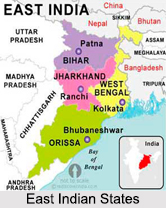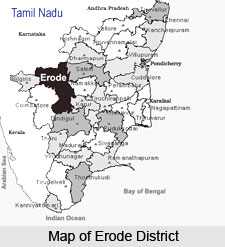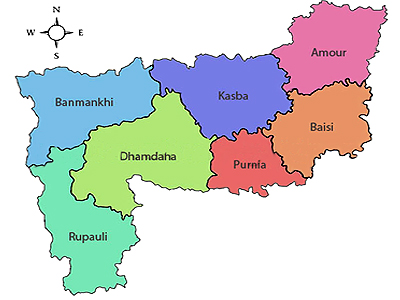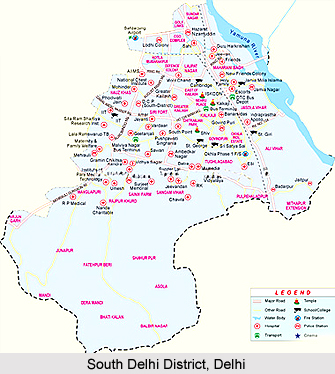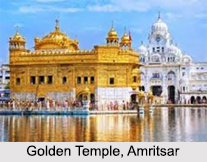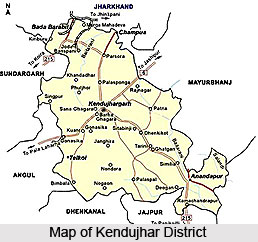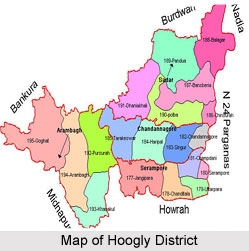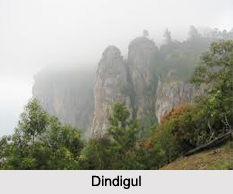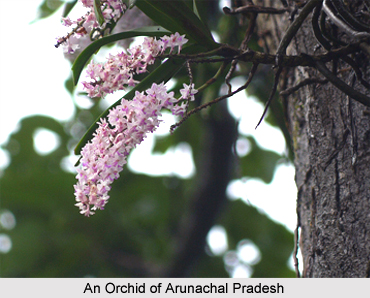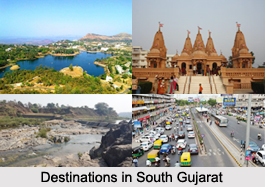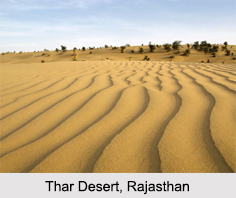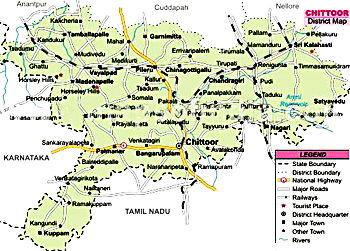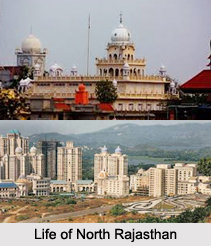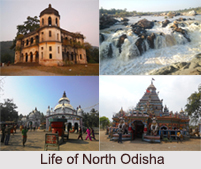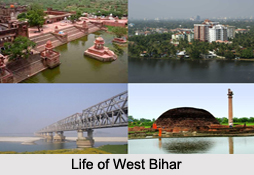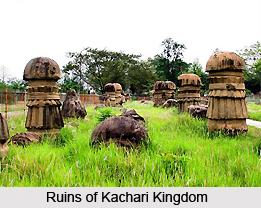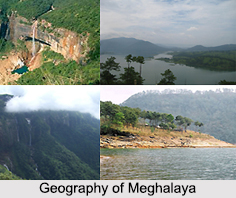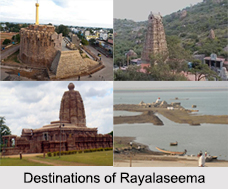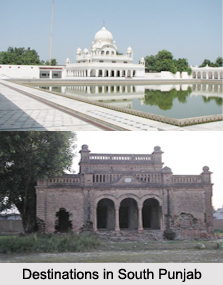History of Viluppuram district bears a testimony to the rule of the Cholas, the Pandyas, the Pallavas, and the Mughals and at last the British till the Indian independence. The district of Viluppuram in the south Indian state of Tamil Nadu was earlier a part of the district of Cuddalore. It was then bifurcated from the Cuddalore district and became a separate district on the 30th of September 1993. Due to this, the history of this district of the Tamil Nadu state closely resembles that of Cuddalore.
The Cholas were the early rulers who ruled over Viluppuram. Among these rulers, Karikala Chola was the most famous and powerful. For a very short period, the Cholas were overthrown by Simha Vishnu Pallava and the region came under the rule of the Pallavas for sometime. Vijayalaya Chola again revived the Chola rule which also marked the beginning of the great Chola Dynasty. The later Chola rulers were weak and the power passed on to the hands of Eastern Chalukyas.
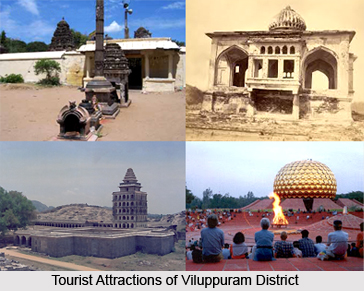 The Chola kings regained their lost position but with the rise of Jatavarman Sundara Pandya-I in A.D. 1251, the supremacy of the Cholas came to an end. The sway of Pandyas lasted for over fifty years, followed by the domination of the Muslim rulers from A.D. 1334 to A.D. 1378. By the year 1378, the region of Viluppuram came under the rule of Vijayanagar Empire and the Nayaks were appointed as the rulers of the region.
The Chola kings regained their lost position but with the rise of Jatavarman Sundara Pandya-I in A.D. 1251, the supremacy of the Cholas came to an end. The sway of Pandyas lasted for over fifty years, followed by the domination of the Muslim rulers from A.D. 1334 to A.D. 1378. By the year 1378, the region of Viluppuram came under the rule of Vijayanagar Empire and the Nayaks were appointed as the rulers of the region.
In the year 1677 Chatrapati Shivaji took possession over the Ginjee area by the help of the forces of Golkonda. After that came the Mughals, who ruled over Viluppuram. During the rule of the Mughals, both the English and the French acquired settlements in the South Arcot. In the time of the Anglo-French rivalry, the entire area of the Viluppuram district was turned into a land of war. After some time, the total area of this district came under the control of the British East India Company. This region of this district of the Tamil Nadu state remained under the authority of the British till 1947 when India became an independent nation.
